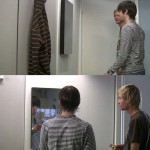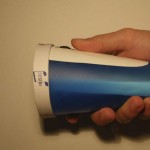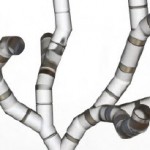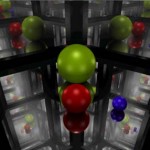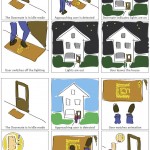M11 Master Project by Nick Sturkenboom. [PDF, 1.5M]
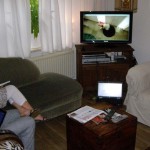
In the EU, policy makers have been debating over carbon reduction for many years. One of the methods that pursue to reduce our carbon footprints is to raise energy awareness and stimulate energy efficiency through behavioral and attitude change. However, these same policy makers currently overlook the reasons why people consume resources, how these ‘needs’ and ‘wants’ establish themselves and evolve over time in our everyday lives, also known as ‘practices. (E.g.) (Shove E. , 2003) (Hargreaves, 2011) (Chetty, 2008) (Stern, 2000) (Hertwich, 2005)
